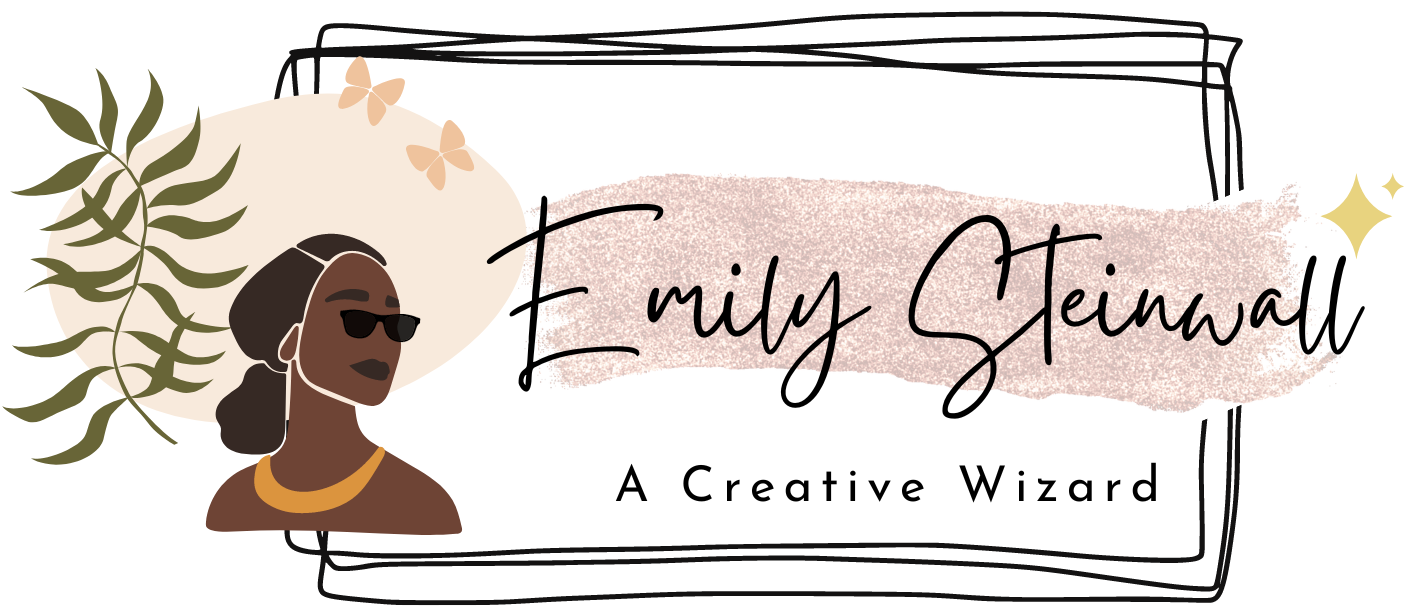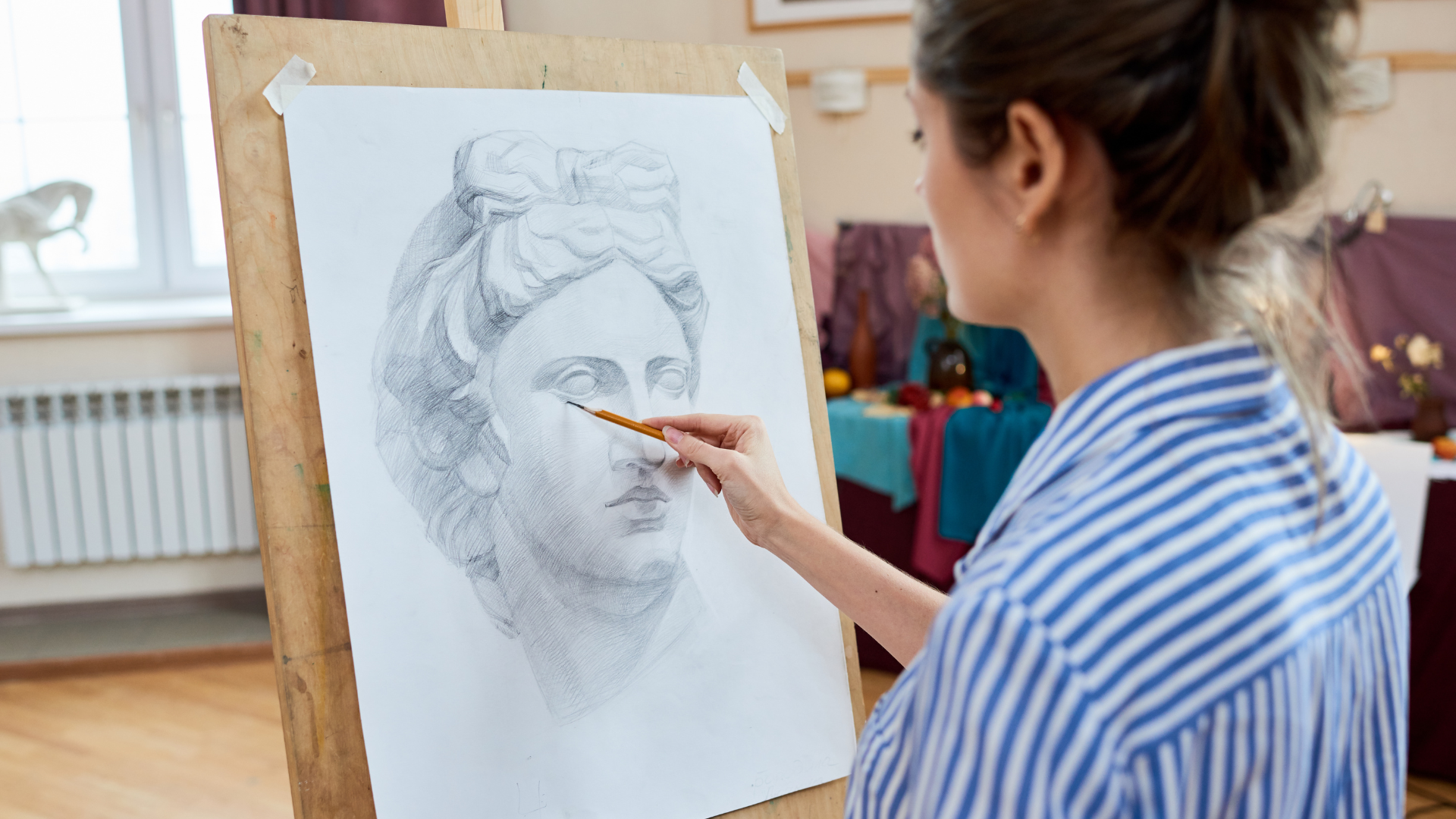Are you interested in learning about the building blocks of visual art? Do you want to know how artists create their masterpieces with elements like line, color, shape, texture, and more? If so, then you’re in the right place! In this blog post, we’ll explore the essential components that make up every work of art – from a simple sketch to a complex oil painting. So get ready to dive into the art world and discover The Elements of Art!
The Importance of Color in Art
Color is one of the most essential elements in art, and it can make or break an image. Color is crucial to our visual world, whether adding life to a painting or giving it depth. There are many different types of color, each with unique properties. Some colors are light while others are dark, some are bright, and others are dull. Every kind of color has its unique way of influencing how we see and feel things. Some artists use color to create a mood or atmosphere, while others use it for dramatic effect. Regardless of why an artist chooses to use color in their artwork, it’s crucial to understand how it works and what effects it can have on the viewer. If you’re ever struggling to develop a color scheme for your painting or design, remember that color is one of the essential elements to consider.
The Role of Line and Shape in Composition
The role of line and shape in composition can be seen as the foundation for any piece of art. Without a well-defined structure, paintings would be little more than random blobs of color. Lines can create a sense of balance and order, while shapes can add dimension and interest to a composition.
One classic way to use lines is in the form of vertical lines. These lines help to define the height and width of an image, as well as give it a sense of depth. They can also be used to create tension or focus in a picture. Horizontal lines can also be effective when used correctly, providing balance and symmetry to a composition.
The shape is another key factor in composition. Objects positioned close together will appear smaller than those positioned further away due to the principle of perspective. By using perspective, artists can create illusions of depth and size within their pictures. Depending on their placement and design, shapes can also create emphasis or contrast within an image.
Overall, line and shape are essential ingredients in any well-crafted picture. Artists can create visually appealing and easy-to-understand compositions by using them to create a sense of structure and balance.
The Power of Texture in Creating Emotion in Art
Textures can be used to create an emotional reaction in someone. Textures can be soft and inviting or rough and rugged. They can also be delicate and beautiful. They are a way to add depth and dimension to art, which is why they are so important. They can greatly impact how someone feels when looking at art. They can make someone feel relaxed or tense. Textures can even evoke memories or feelings from the past. This is why textures are such an important part of art. They allow us to experience emotions in ways we might not otherwise be able to.
Textures can also help us understand the context of the artwork. For example, if I am looking at a piece of art that has a lot of textures, I might get a better understanding of what the artist was trying to say by portraying certain scenes or characters with specific textures. This is because textures help us understand the visual elements of artwork more clearly.
Textures play an important role in creating emotion in art, and they should always be considered when designing any piece of art.
The Use of Space in Art and its Effect on the Viewer
In art, space is a very important element. It can be used to create an atmosphere or to convey a message. It can also be used to create a mood or feeling. The use of space in the art can powerfully affect the viewer. It can make them feel like they are in the scene, or it can make them feel like they are looking at something from a distance. It can also help to create a sense of depth and dimension. This is especially true in paintings, where space can be used to create the illusion of a three-dimensional scene.
Overall, the use of space in the art can be very effective in creating a unique and memorable experience for the viewer.
The Relationship Between Form and Function in Art
Form and function are two of the most important aspects of art. The function is what an object is designed to do, while the form is how it looks. Together, they create the aesthetic appeal of art.
Some artists focus more on form than function, while others try to find a balance between the two. It all depends on the artist’s goals and preferences. In some cases, the form can be more important than the function. For example, a sculpture with abstract shapes may have little practical use other than looking pretty. However, it still has a function because it can be used as a base for other objects.
On the other hand, some pieces have decorative forms without any practical purpose. This type of artwork is usually popular with collectors because it’s beautiful but impractical. It can be difficult to determine when one type of artwork becomes more important than the other. Ultimately, it comes down to personal preference and what the artist aims to achieve with their work.
When it comes to art, form, and function are both incredibly important. They create the aesthetic appeal of art and can be used to create different types of works. Understanding how they work together will help you appreciate the beauty of art more fully.
Get Into the Elements of Art
It is important to remember that art is not a single technique or style but a collection of techniques and styles that work together to create an image or object. Art has six elements: form, color, value, space, line, and texture. Each element has its importance in the composition of an artwork.
When learning about art, knowing all the elements that make up an image or object is important. By understanding each element, we can create our own artwork that is unique and expressive.

